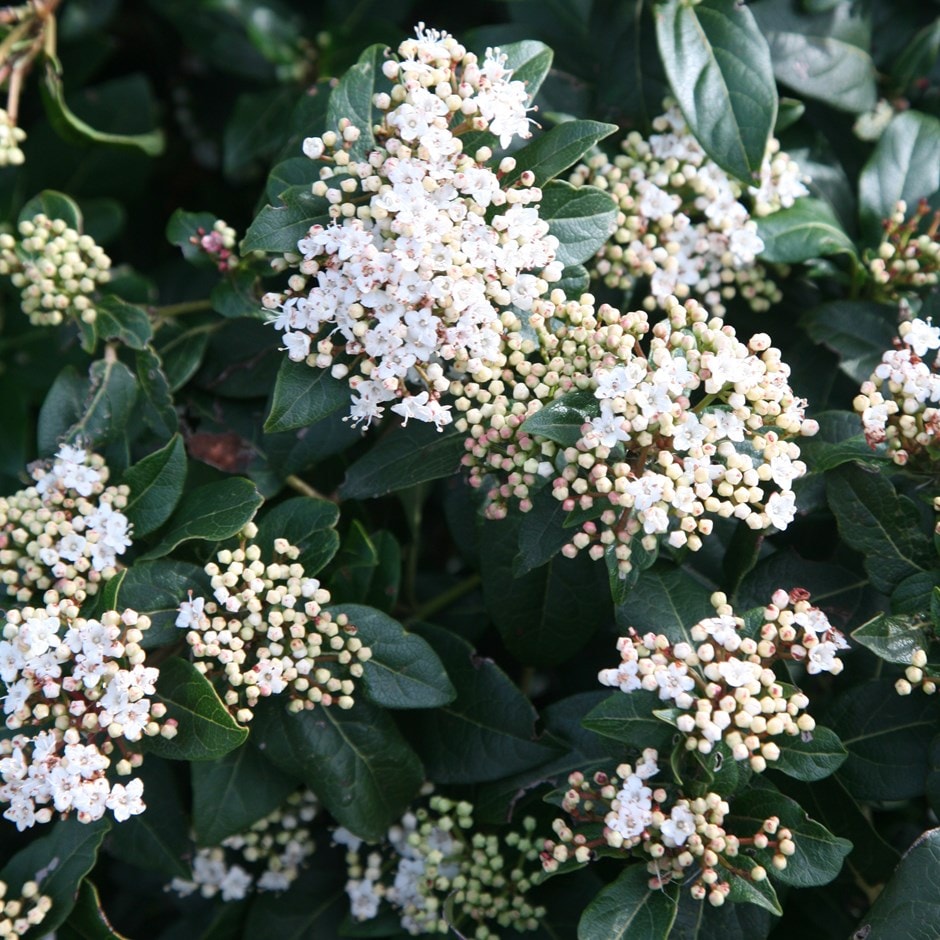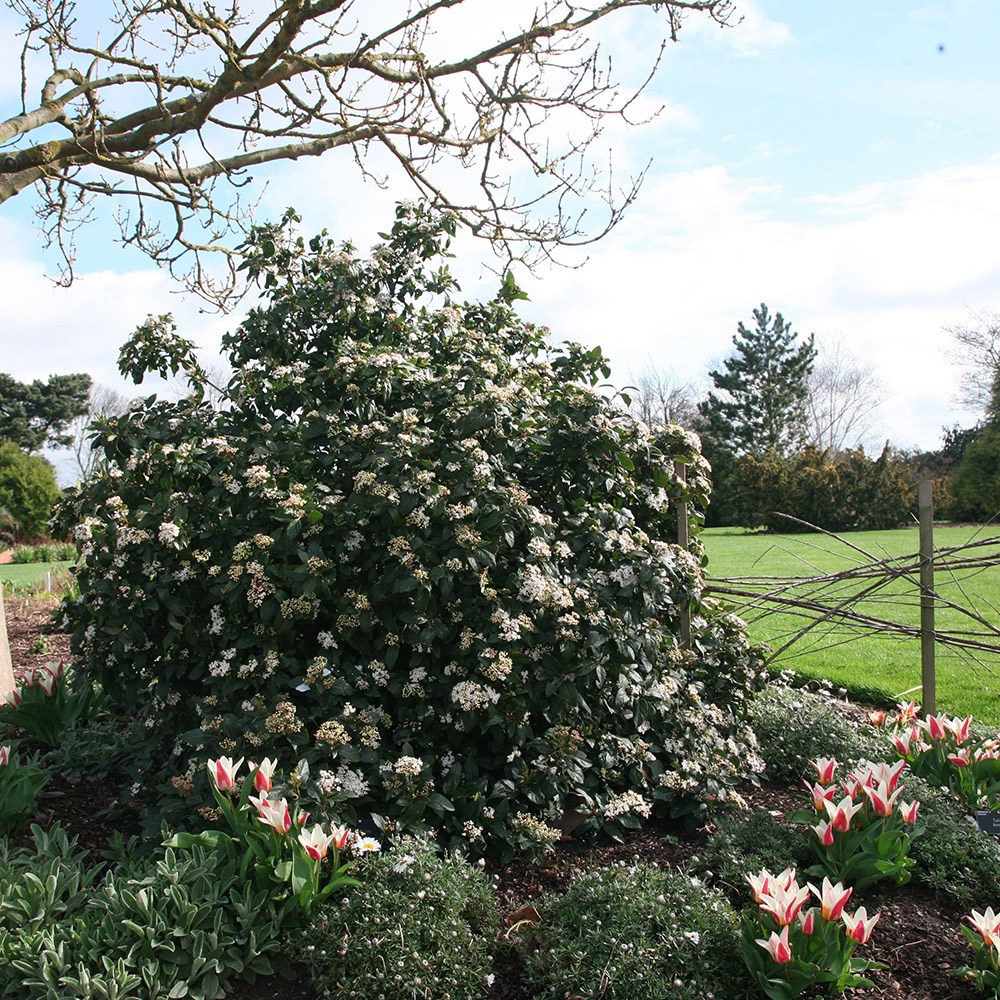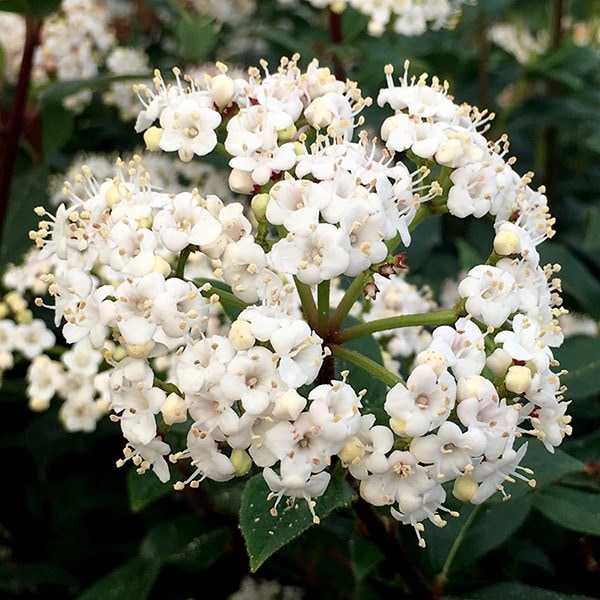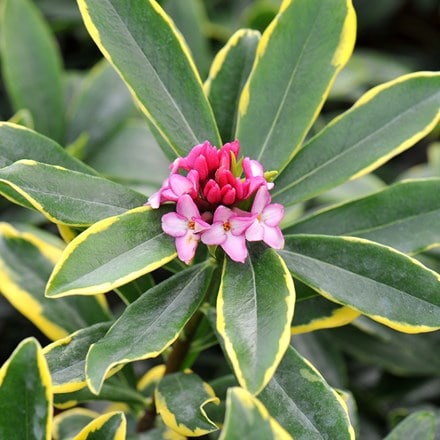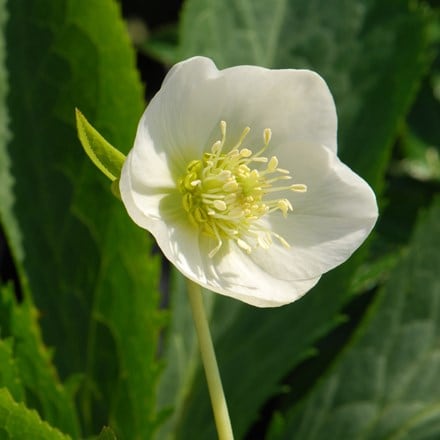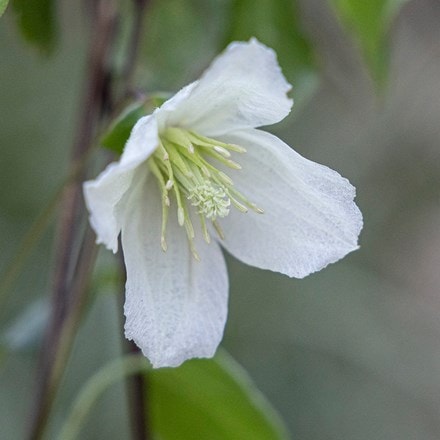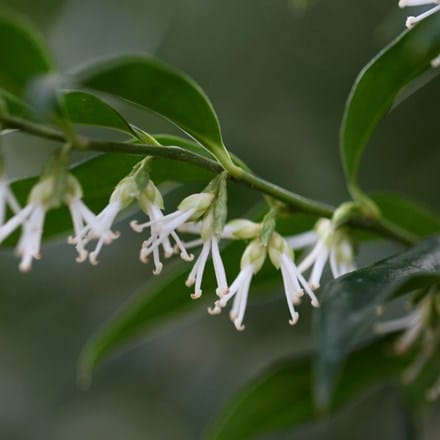Viburnum tinus 'French White'
laurustinus
Flattened heads of white flowers, opening from rosy-red buds from December to April, followed by dark blue-black fruit....
A stronger form with larger heads of white flowers opening from white buds - a clean crisp contrast against the dark-green pointed leaves
GOES WELL WITH
How to create a wildlife-friendly garden
Wildlife-friendly gardens are not only more interesting as you can watch all the comings and goings, but they are often more productive as many creatures will help increase pollination. Garden ponds act as a magnet to dragonflies and damsel flies, along w
Read full article


